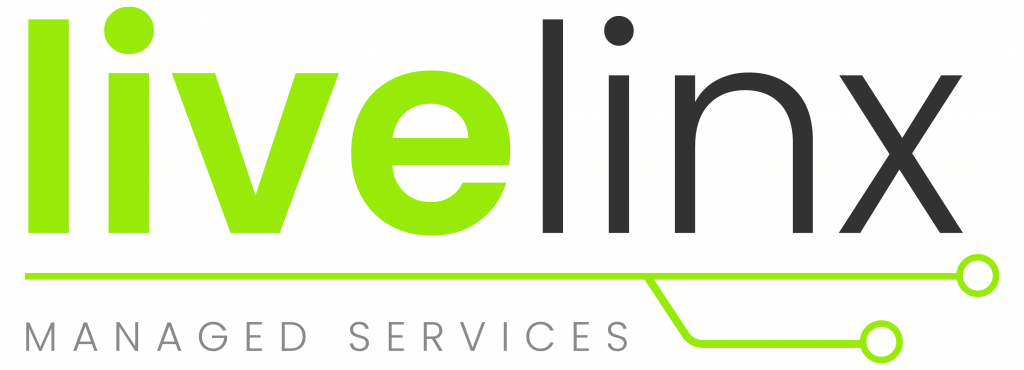
Especially over the past few decades, hacking has become much more organized and prevalent. Easy access to hacking tools has spurred a wave of data breaches and created many new types of cyber attacks. In addition, the black market for stolen data has grown exponentially. There are brokers strictly for dealing in stolen data on the dark web, selling to them has become extremely lucrative.
We can help your business to protect itself from such threats. Through understanding the most common types of cybersecurity attacks, you can identify them and know when to be weary.
What is Hacking?
A data breach or hacking is any event where a system is tricked into allowing access to otherwise restricted functions. There are many ways to gain access, usually through a vulnerable system on the network. For example, a hacker can take advantage of an improperly secured gateway or edge device to get into the Local Area Network.
Networks are protected through mechanisms of authentication. We can usually identify this process by having to enter a username and password into a device. Authentication by a foreign entity or hacker can be done by entering compromised passwords. Passwords can be compromised either by being too weak, or by being stolen from the end-user.
Below, we detail the most common types of data breaches which are publicly visible and effects data storage and retrieval. Although relatively rare, when they do happen, they have a serious impact on your business and its operation.
Different Types of Cyber Attacks
XSS Attack
Cross Site Scripting, or XSS can be used to deploy remote code from outside your web application on your own server. This can be done by taking advantage of various XSS vulnerabilities that exist in prefabricated web libraries and source code. This happens when the attacker sends malicious code to your web application with the intention of it being run on your server.
These attacks are not too difficult to spot, because the code interrupts the natural execution of your web application and instead forces the execution of foreign code. Therefore, it is easy to block this when proper security practices are in place, or even avoid this altogether through vulnerability analysis.
SQL Injection Attack
SQL Injections are similar to XSS attacks in the sense that remote code is introduced into your system. However, in SQLi attacks, the malicious code is made with SQL queries rather than with HTML code. The core component of your system being attacked is the database server.
Databases are absolutely crucial to the proper functioning of your operations as a whole. As such, securing the data inside is absolutely essential. Hackers who have gained access to a compromised database can steal confidential information such as credit card numbers and other valuables.
Man In the Middle Attacks
Another common type of hacking is a man-in-the-middle (MITM) attack. This is then the hacker pretends to be a trusted third-party, and steals data along its route of transmission. While a user is browsing through the company data, a hacker could be in the same facility intercepting this flow of information.
Much like the other attacks, confidential information can be skimmed from the company network. This can include social insurance numbers, names, banking information, and more.
Ransomware Attacks
These are becoming extremely common recently for their ease of use, rapid deployment, and ability to disrupt the most integral parts of the company. Ransomware acts by putting a lock on your files and folders, demanding a payment for their release.
If you can not access your data and are receiving prompts for payment, then you have likely been hit by ransomware, possibly one of the most malicious types of cyber attacks.
Common Forms of Malware
Aside from Ransomware, there exists a whole universe of malware applications. They can be classified into a few different categories to make identification easier. These malware applications are most often used to access and steal sensitive information.
A few examples of very common malware applications found today include:
Trojans
This is a hidden payload, commonly found within other applications. Trojans run under the radar without the user’s knowledge. Once fully initiated, trojans can access and steal your data, take control of your machine, or both.
Wipers
Structurally, wipers are akin to trojans except they are purposefully built to wipe your data. These are purely destructive to your business and are meant to debilitate your operations.
Virus’
This is any software written to cause malicious behavior on the target system. They can perform sophisticated operations including even removing themselves from the system after a job is done.
Backdoors
These are payloads which once executed, give the attacker a way to access data from your computer. Usually, the victim has absolutely no idea that the malware has been executed, and so their data is passively siphoned.
How to Protect Yourself from all Types of Cyber Attacks
There are so many different kinds of cyber attacks nowadays. Falling victim to any of these common threats can mean irreparable damage to the proper functioning of your company and brand reputation. Even a simple attack’s effects can persist well into the future if no prevention or response mechanisms exist. Contact us to see how we can help you secure your network and data.

3 thoughts on “Types of Cyber Attacks and How to Prevent Them”
Wow! This can be one particular of the most beneficial blogs We have ever arrive across on this subject. Actually Great. I'm also an expert in this topic so I can understand your hard work.
As a Newbie, I am permanently searching online for articles that can be of assistance to me. Thank you
I do accept as true with all of the ideas you have offered for your post. They are very convincing and can certainly work. Still, the posts are too brief for novices. Could you please prolong them a little from next time? Thank you for the post.